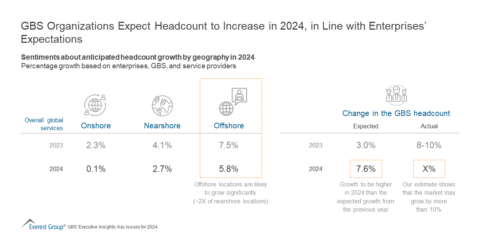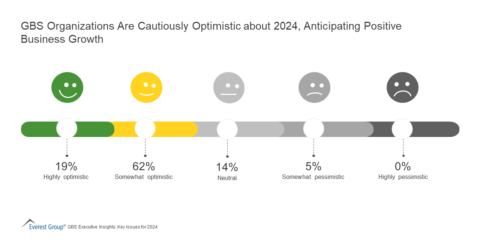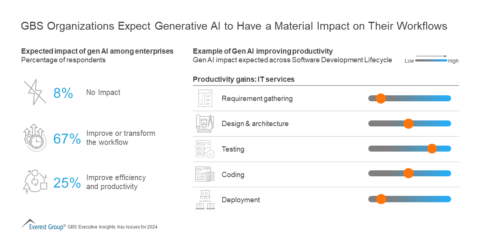Reimagine growth at Elevate – Dallas 2025. See the Agenda.
Filter
Displaying 41-50 of 297
Why Gender Diversity is Critical to Shared Services Success | LinkedIn Live
On-Demand LinkedIn Live
1 hour
Global Services Lessons Learned in 2023 and Top Trends to Know for 2024 | Webinar
On-demand Webinar
1 hour












